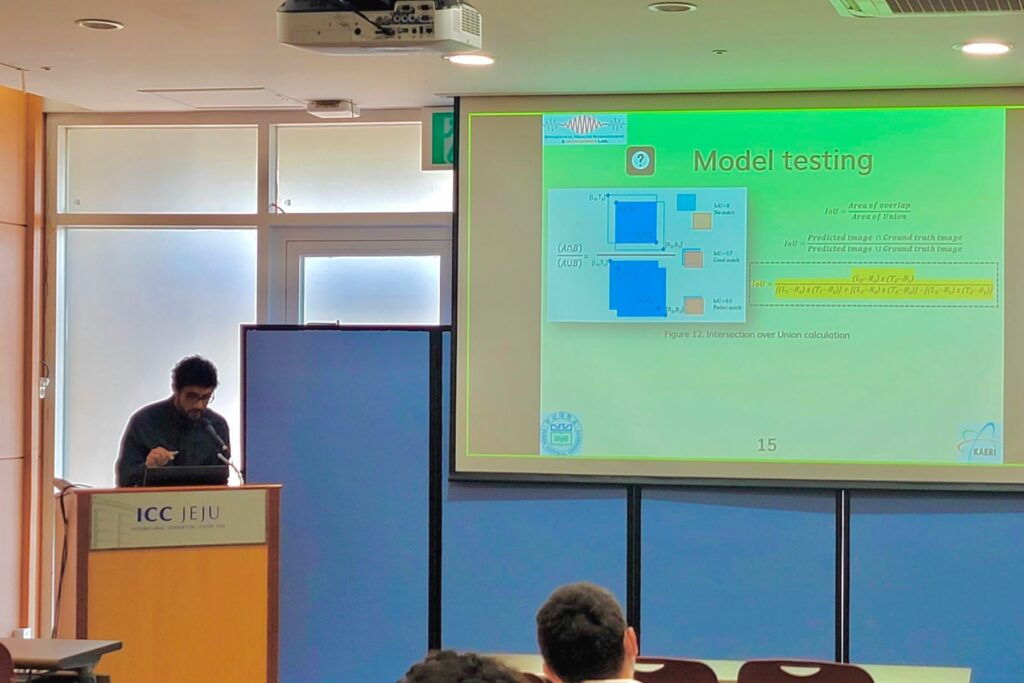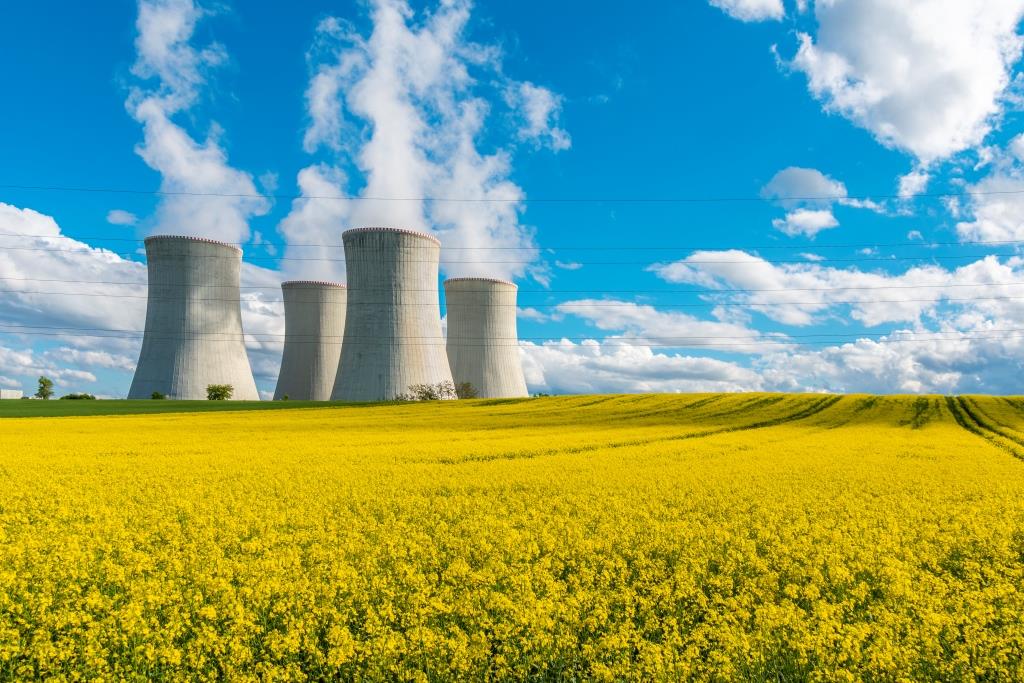Inspenet, May 31, 2023
All constructions and infrastructures require constant monitoring and maintenance in order to avoid possible damage. This is the case, for example, of bridges and nuclear power plants.
With the purpose of inspecting, more precisely, the quality and condition of the structures, a group of scientists from the Busan National University (South Korea) seeks to apply artificial intelligence (AI) techniques in ultrasonic signals for the inspection of metal structures, such as steel pipes, storage tanks in power plants and industries, etc.
Manuel Fernando Flores Cuenca, a mechanical engineer graduated from the National University of Callao, is one of the researchers participating in this project, financed by the South Korean government.
“In Korea there are many nuclear power plants and quality control is very high because one mistake can cause a lot of damage. This is what happened in Chernobyl,” engineer Manuel Flores Cuenca told Agencia Andina, from South Korea.
For example, if the nuclear reactor is inside a tank, it must be inspected periodically (once or twice a year). “The inspection is manual and involves the technical part: the technical inspector will inspect the structure and he himself, based on his experience, tells you if the structure is corroded or has any internal damage,” says Flores.
Due to this research, Manuel Flores was awarded the Best Presentation Award at a conference organized by the Korean Association of Mechanical Engineering (KSME), in November 2022. The recognition was shared with his colleagues Azamatjon Kakhramon ugli Malikov, HyungKyu Kim and Younho Cho.

Engineer Flores uses artificial intelligence to detect faults
For monitoring, the skill of the technician is very important. “That is where we get involved: the laboratory does a technical inspection, the signal is collected and we put together a database with all the signals obtained. Then we classify them and apply artificial intelligence,” he says.
Depending on certain patterns, artificial intelligence can detect whether the structure is flawed or not. The project in which Flores participated is aimed at the inspection of nuclear plants and the structures that protect the reactors, although the same technique can be extended to bridges and other structures sensitive to corrosion and humidity.

Now, for this specific case, ultrasonic waves are being used which, by their nature, allow long-distance structures to be inspected. In other words, ultrasonic waves are high frequency waves, that is, they have a higher frequency than the human ear can perceive (above 20,000 Hz).
Ultrasonic waves are used in a wide variety of applications, including medicine and ultrasound tests to monitor the health of fetuses.
Due to their frequency, they have a shorter wavelength than audible sound waves and can therefore penetrate deeper into materials and provide detailed information about their condition.
“When we inspect structures, sometimes there is noise in the way, either due to instrumentation or the environment in which we are working,” says Flores. For this reason, it is sometimes very difficult for investigators to decipher when it is a fault and when it is a false alarm.
For this, artificial intelligence is used. “It’s like a smart system that helps us figure out the patterns of the waves and in turn figure out when it’s a failure and when it’s a false positive, so to speak,” he clarifies.
The most basic AI used for the project is the multilayer perceptron, a type of artificial neural network made up of multiple layers of interconnected neurons, commonly used for pattern recognition and classification problems.
On the other hand, use is also made of convolutional neural networks (CNN), a type of algorithm for processing images and other types of input data.
This type of Artificial Intelligence does not generate images from scratch, but rather processes existing images to extract important features and patterns, such as edges, shapes, textures, among others. It is used in ultrasound and diagnostic medical imaging, for example.
Source and Photos : Realidad.pe
Don’t miss the Inspenet News at: https://inspenet.com/inspenet-tv/

